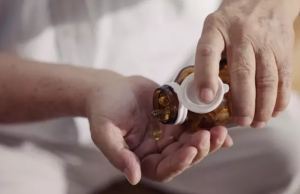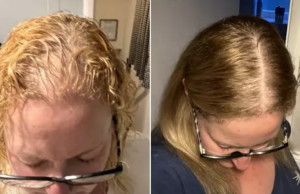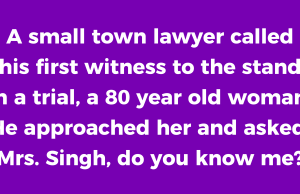
One day you wake up and notice a small, strange mark on your skin. It looks different from the other moles on the skin; it doesn’t pain, so you leave it alone until one day it darkens, has irregular edges, or grows larger than before. What if this small area was more than just a blemish?
Skin canc3r is one of the most popular canc3rs worldwide, but it’s often caught late, even in its early stages.
What is Skin Canc3r?
When skin cells grow uncontrollably, tumors form. Such cases often happen due to prolonged exposure to the harmful rays of the sun in the ultraviolet range, but genetics and lifestyle choices also play their parts.
Types of Skin Canc3r

Skin canc3r encompasses three principal varieties, each exhibiting unique features:
1. Basal Cell Carcinoma (BCC)
- Most common type of skin cancer
- Often appears as a shiny bump or pink patch
- Found in sun-exposed areas like the face, ears, and neck
- Grows slowly and is rarely life-threatening
2. Squamous Cell Carcinoma (SCC)
- Red, scaly patch, or an open sore that will not heal
- May cause tenderness, itching, or bleeding
- More aggressive than BCC and can metastasize if untreated
3. Melanoma (The Most Dangerous)

- Usually an irregular-shaped mole or dark patch
- Can occur anywhere, including areas that have never been in the sun
- If not treated early, spreads rapidly
- Knowledge about the three types is important because early detection in any of them significantly raises the chance for survival.
How is Skin Canc3r Different from Other Skin Problems?
Unlike acne, rashes, or eczema, skin canc3r doesn’t heal on its own. It grows, changes shape, or starts bleeding over time. That’s why monitoring new or unusual skin changes is so important.
Key Differences:
- Skin canc3r lesions don’t go away on their own
- They often change in color, size, or texture
- They may bleed, ooze, or become painful
- If you notice something persistent or changing, don’t ignore it—get it checked.
What Causes Skin Canc3r?

1. The Effect of UV and Sun Exposure
The ultraviolet rays from the sun are thought to be the ones that cause skin cell damage. Their influence over time causes cells to grow abnormally, resulting in canc3r.
Common sources of UV exposure are:
- Direct sunlight (especially between 10 AM – 4 PM)
- Tanning beds and sunlamps
- Reflected sunlight (like water, sand, and snow)
2. Genetic Family History Factors
Does skin cancer run in families? Yes! If a close relative has had skin cancer, your risk increases. Some people inherit gene mutations that make them more vulnerable to abnormal skin cell growth.
3. Lifestyle Risk Factors
Daily things you do could also put you at risk.
- Smoking: Related to squamous cell carcinoma, particularly on lips
- Chemical exposure: Working with arsenic, industrial tar, or radiation boosts chances of skin cancer
- Tanning beds: 75% increase in risk for melanoma due to artificial UV light
4. Can Darker Skin Get Skin Canc3r?

It’s true! Dark skin consists of even more levels of melanin, which wards off some amount of UV rays, but serves to not make any individual invulnerable. Most of the time, people with darker skin later grow skin canc3r; therefore, it makes it very difficult for them to treat.
Note: No matter your skin color, be protected from UV exposure.
Early Signs and Symptoms of Skin Canc3r
Skin canc3r doesn’t appear overnight. It starts displaying small signs less important or ignored by most people. They are as follows:
- A new mole or one that changes in size, color, or shape
- A sore that has not healed for weeks
- A scabby ratty area that itches or bleeds
- A shiny pearly bump that looks different than your skin tone
- A suddenly appearing dark spot
- A red swollen lump that hurts when touched
- A flat waxy white or yellowish area
- A flat, red patch that feels rough
- A growth with raised borders and a central indentation
- A lesion that bleeds or fills with pus
















